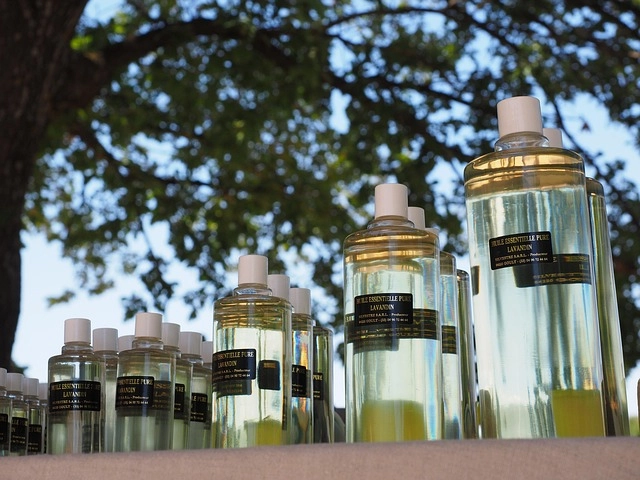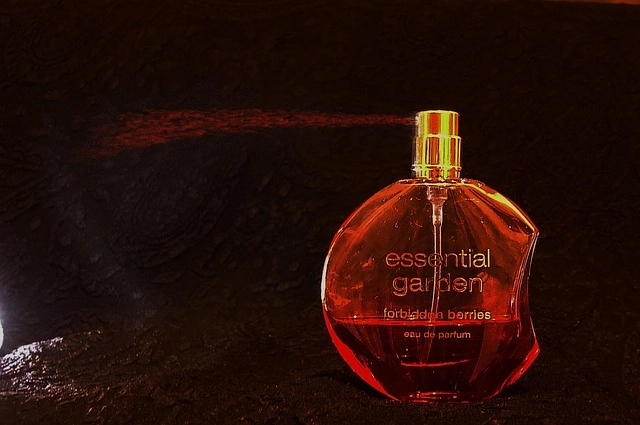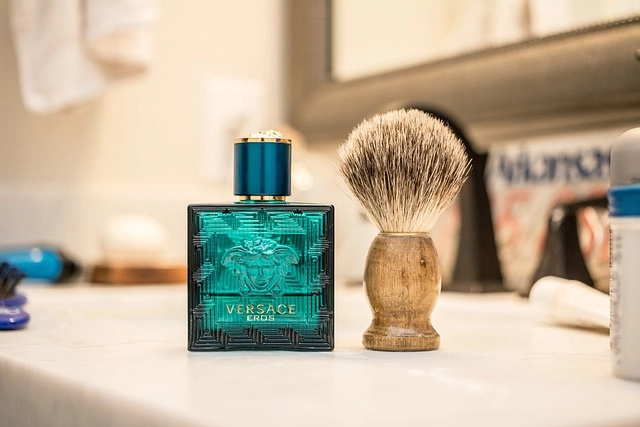Consumers with allergies or sensitive skin should check ingredient lists for potential allergens in perfumes, such as alcohol, parabens, and synthetic chemicals. Jean Paul Gaultier leads in transparency, listing these irritants in their fragrances. Understanding the composition of scents like JPG's iconic perfume helps in making informed decisions to avoid allergic reactions. Safety measures include patch testing and reporting severe reactions to ensure well-being and product improvement.
Are you sensitive to certain fragrances? Before you reach for that bottle of Jean Paul Gaultier perfume, it’s crucial to understand potential allergens and safety precautions. This guide explores common fragrance ingredients to watch out for, including those found in popular scents like Jean Paul Gaultier. We’ll delve into the ingredient list, offer tips on identifying irritants, and provide essential safety measures to ensure a pleasant aromatic experience without adverse reactions.
- Understanding Allergens in Perfumes
- Jean Paul Gaultier Perfume: Ingredient List
- Common Fragrance Allergens to Watch Out For
- How to Identify Potential Irritants
- Safety Precautions for Fragrance Usage
- Reporting Allergic Reactions & Seeking Help
Understanding Allergens in Perfumes

When it comes to understanding allergens in perfumes, it’s crucial to be aware that fragrances can contain a variety of substances that may trigger allergic reactions or skin sensitivities in some individuals. While many people enjoy wearing perfumes and colognes as a way to enhance their scent, it’s important to recognize that these products are not always suitable for everyone.
One well-known brand that raises awareness about allergens is Jean Paul Gaultier. Their fragrances, such as the iconic Jean Paul Gaultier Perfume and even the Jean Paul Gaultier Cologne lines, often include information about potential irritants and allergens in their product descriptions. This transparency encourages consumers to make informed decisions, especially those with known allergies or sensitive skin. Always check ingredient lists and be mindful of common allergens like alcohol, certain fragrances (parfum), and various synthetic chemicals commonly found in perfumes and colognes.
Jean Paul Gaultier Perfume: Ingredient List

When it comes to understanding potential allergens in fragrances, transparency in ingredient lists is key. For those curious about Jean Paul Gaultier Perfume, delving into its composition offers insights. While many luxury perfumes maintain a level of mystery, this brand provides an extensive ingredient list, allowing consumers to make informed decisions, especially for those with sensitive skin or allergies.
Among the notes revealed, Jean Paul Gaultier Perfume boasts a blend of citrusy top notes, floral heart, and woody base. Key ingredients include orange blossom, jasmine, and patchouli, all known for their captivating aromas. For individuals seeking a specific scent without worrying about allergic reactions, understanding the Jean Paul Gaultier Cologne (or perfume) composition can be a game-changer.
Common Fragrance Allergens to Watch Out For

When it comes to fragrances, especially popular ones like Jean Paul Gaultier Perfume or Jean Paul Gaultier Cologne, understanding potential allergens is crucial for consumers, particularly those with sensitive skin or known allergies. Common ingredients that can cause allergic reactions in some individuals include alcohol, parabens, synthetic fragrances, and certain natural oils.
For instance, synthetic fragrances, which are widely used in the perfume and cologne industry, including Jean Paul Gaultier’s offerings, can trigger allergic responses. Additionally, some people may be sensitive to specific natural oils often found in these products, such as lavender or citrus extracts. Therefore, it’s essential to check ingredient lists and opt for products that suit your skin’s needs and sensitivities.
How to Identify Potential Irritants

When it comes to identifying potential irritants in fragrances, especially for those with sensitive skin or allergies, it’s essential to take a closer look at the ingredients list. Jean Paul Gaultier perfumes, like many others, often contain a blend of natural and synthetic elements designed to create a unique scent. While many people enjoy these scents without issue, some ingredients can be potential triggers for irritation or allergic reactions.
For instance, common allergens in fragrances include alcohols, certain floral notes, citrus oils, and synthetic chemicals used for fixatives. In the case of Jean Paul Gaultier colognes, which share similar formulations to perfumes, looking out for these components can help anticipate any possible adverse reactions. Always check the product information or consult with a dermatologist if you have specific concerns about an ingredient’s impact on your skin.
Safety Precautions for Fragrance Usage

When using fragrances, especially popular ones like Jean Paul Gaultier Perfume or Jean Paul Gaultier Cologne, it’s vital to prioritize safety and awareness of potential allergens. Always check the product label for any warnings or ingredients that might trigger allergic reactions. Fragrances can contain a variety of chemicals, including alcohol, synthetic compounds, and natural extracts, some of which could be allergens.
To ensure a safe experience, take precautions such as conducting a patch test before full application. This involves applying a small amount of the perfume or cologne to your skin and observing for any adverse reactions over 24-48 hours. Additionally, avoid spraying fragrances directly onto sensitive areas like the eyes, mouth, or open cuts and wounds. Proper ventilation during application is also recommended to minimize inhalation of potent chemicals.
Reporting Allergic Reactions & Seeking Help

If you suspect an allergic reaction to a particular fragrance, such as Jean Paul Gaultier Perfume or Jean Paul Gaultier Cologne, it’s crucial to report it. This step is essential for both your health and for others who may be vulnerable to similar allergens. Many countries have reporting mechanisms in place where individuals can document adverse reactions, helping manufacturers and regulatory bodies identify potential risks associated with specific fragrances.
In the event of an allergic reaction, seeking medical help promptly is paramount. Consult a healthcare professional who can provide guidance tailored to your symptoms. They may recommend avoiding the fragrance altogether or suggest alternative treatments to manage any discomfort caused by exposure. Remember, early intervention is key in mitigating the impact of severe allergic reactions.



